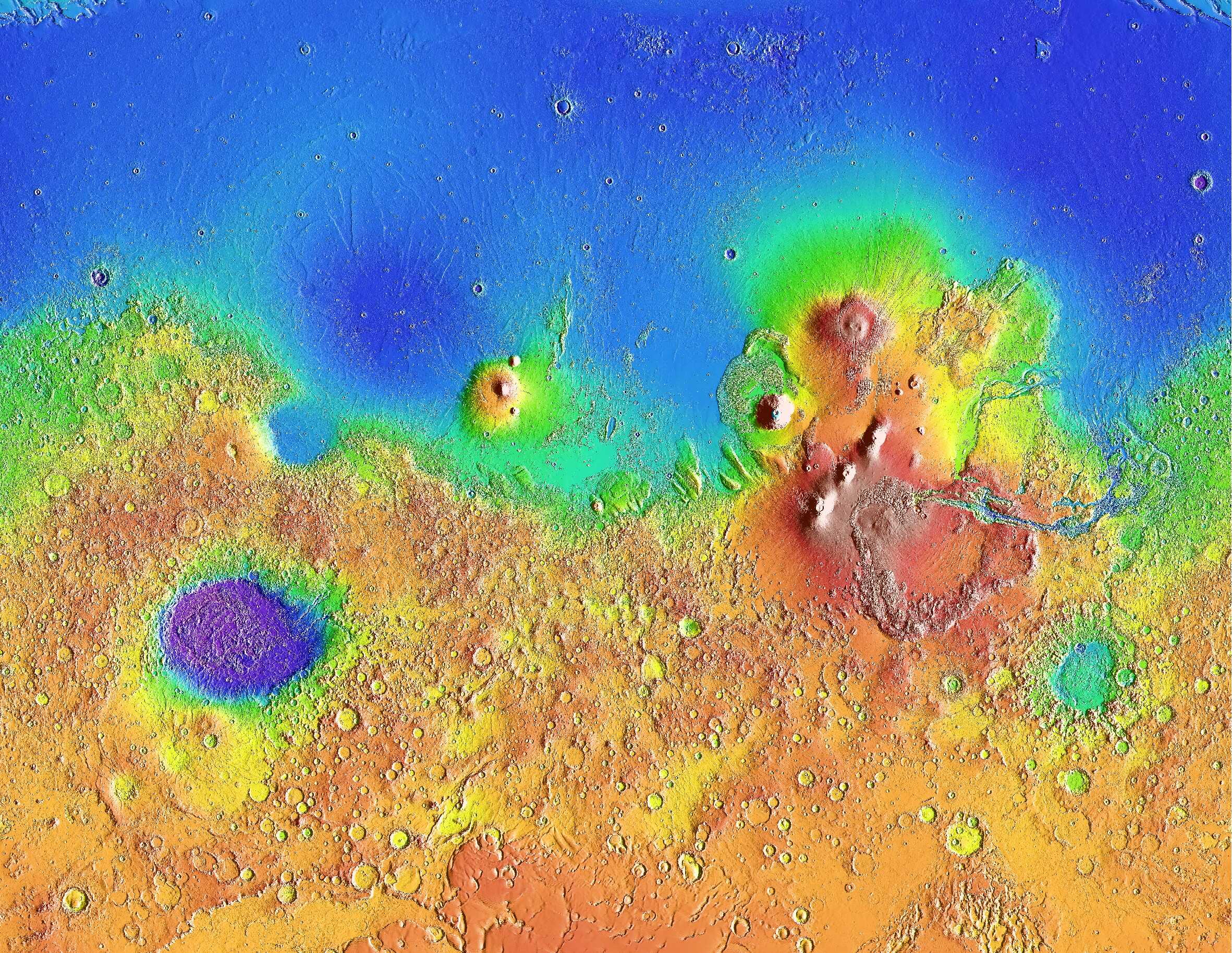Mars presents one of the Solar System's greatest mysteries: the Martian dichotomy, a phenomenon noted since the 1970s. This involves a distinct contrast between the southern highlands, which cover about two-thirds of the planet and rise five to six kilometers above the northern lowlands.
A research team led by Prof. SUN Weijia from the Institute of Geology and Geophysics of the Chinese Academy of Sciences (IGGCAS) has investigated this dichotomy by analyzing marsquakes-Mars's seismic activity. Their findings, published in Geophysical Research Letters, shed light on the internal processes behind Mars's geological evolution.
The origin of the Martian dichotomy remains debated, with two main hypotheses: massive impacts from large space objects (~2,000 km in diameter) or large-scale mantle convection.
To explore this, the researchers analyzed low-frequency marsquake data from NASA's InSight mission (2018-2022). They identified a new cluster of six marsquakes in the Terra Cimmeria region of the southern highlands and compared them with previous marsquakes from Cerberus Fossae in the northern lowlands by examining how seismic waves reached the InSight seismometer.
The researchers calculated the quality factor for seismic waves, which indicates wave attenuation and reveals important insights into Mars's interior. The study found that seismic waves from Terra Cimmeria showed greater attenuation (lower quality factor) than those from Cerberus Fossae, highlighting differences in the mantle's physical properties beneath these areas.
Further analysis linked seismic attenuation to temperature differences, revealing that the southern highlands' mantle reached around 1,000°C, while the northern lowlands were cooler at approximately 800°C. The higher temperatures in the southern mantle resulted in lower viscosity, facilitating more dynamic mantle convection.
This study provides evidence that mantle convection is the primary driver of Mars's dichotomy, rather than giant impacts, as proposed by the alternative hypothesis.
This work was conducted in collaboration with Prof. Hrvoje Tkalčić from the Australian National University and was supported by the National Key Research and Development Program of China.

Figure: A map illustrating "Martian dichotomy". The southern highlands are depicted in yellows and oranges, while the northern lowlands shows in blues and greens. (Image by NASA / JPL / USGS)






